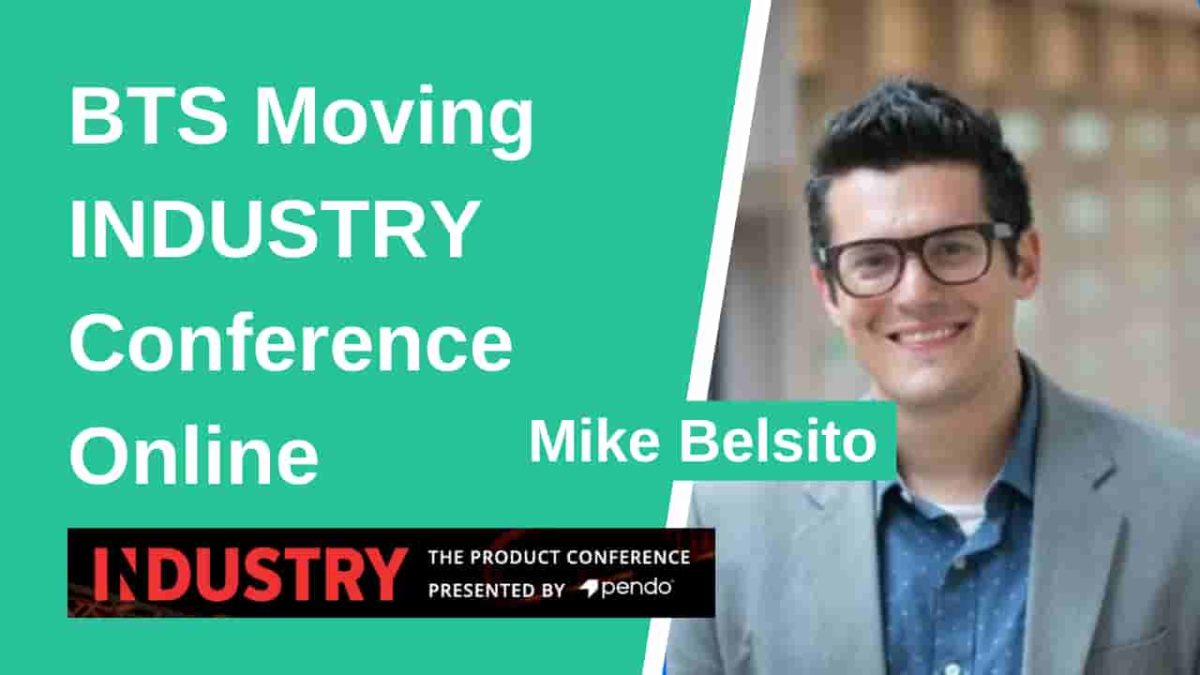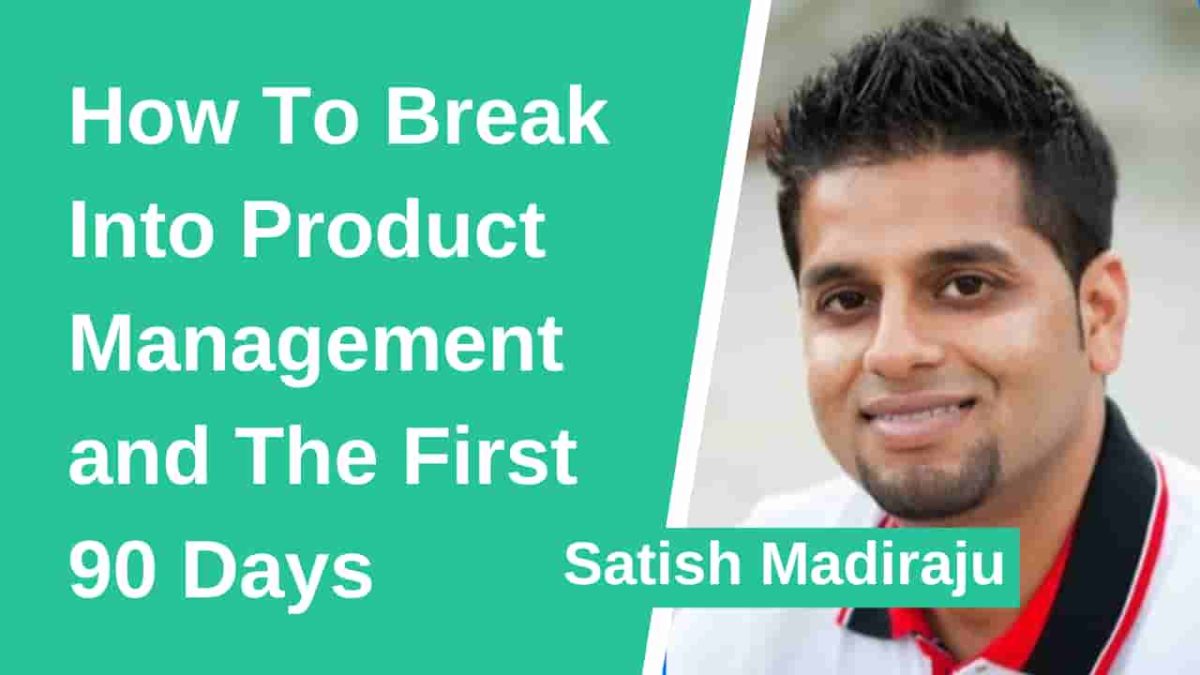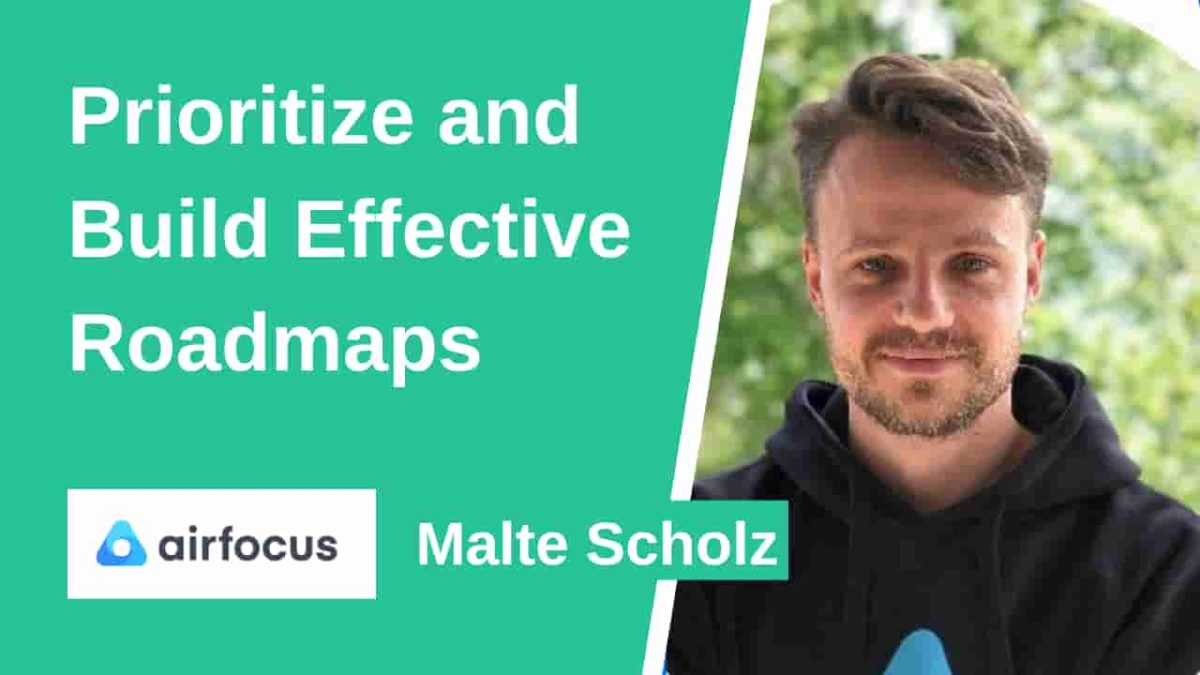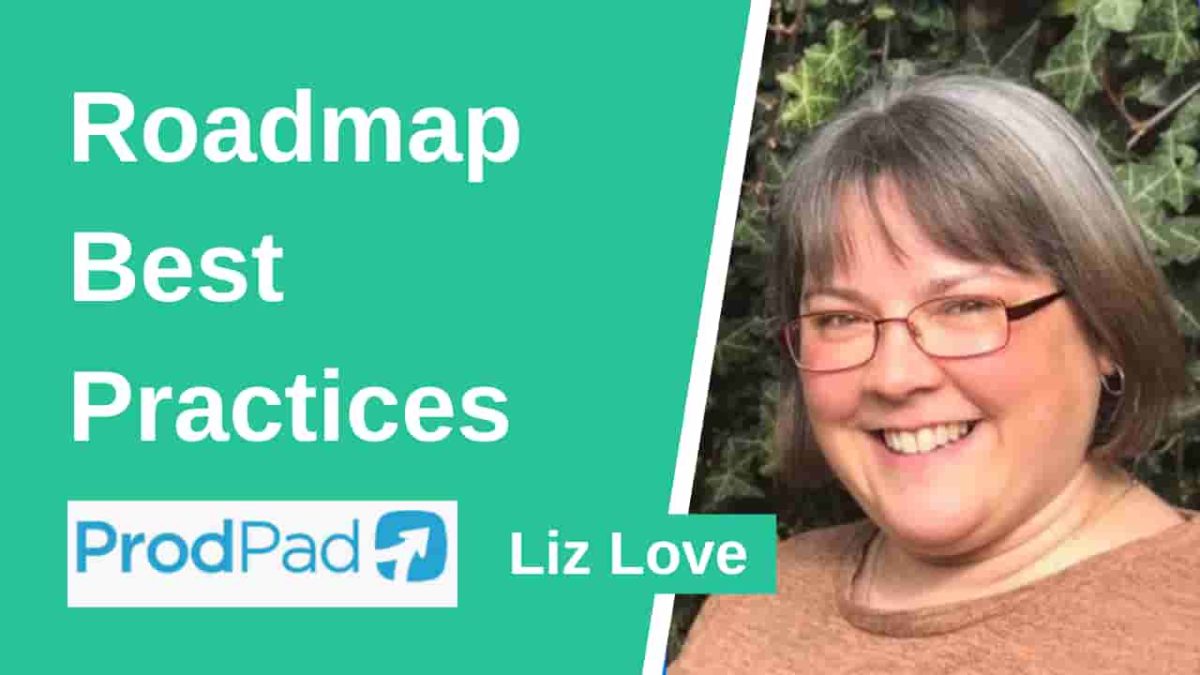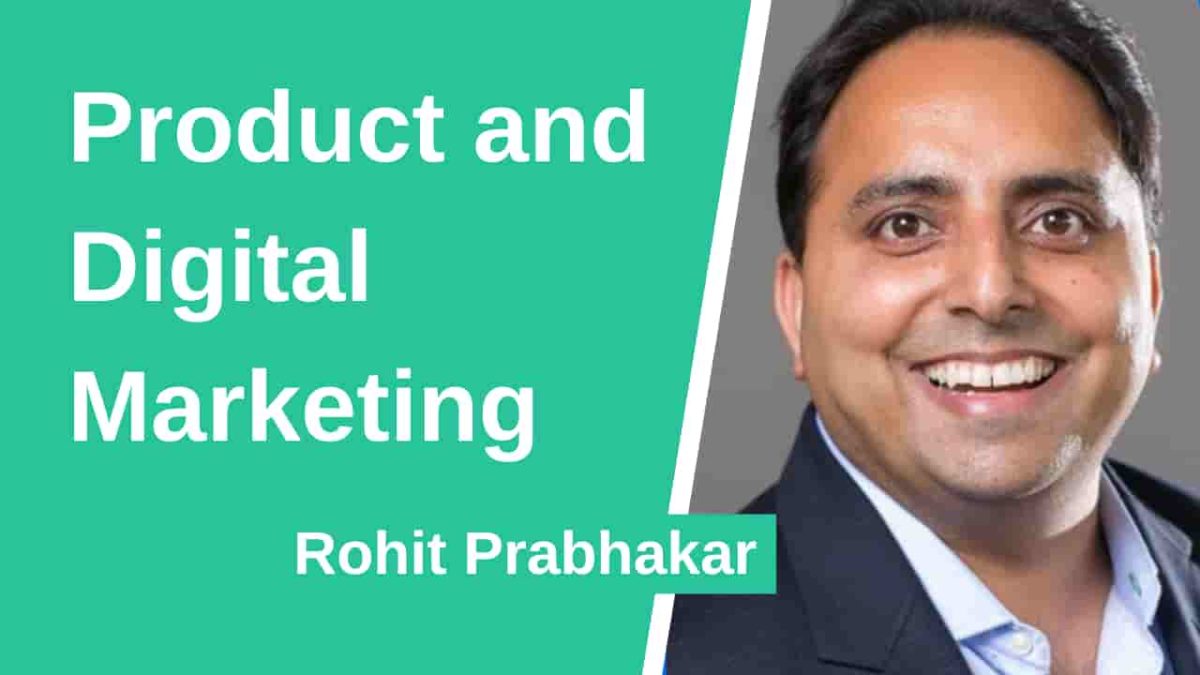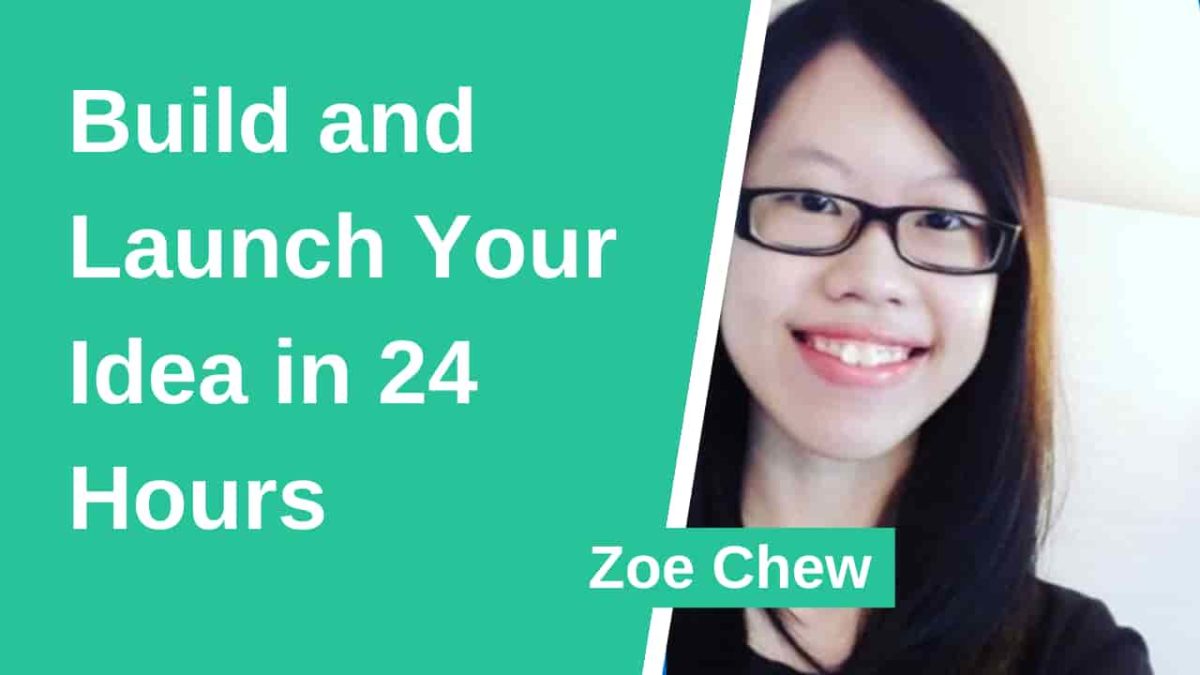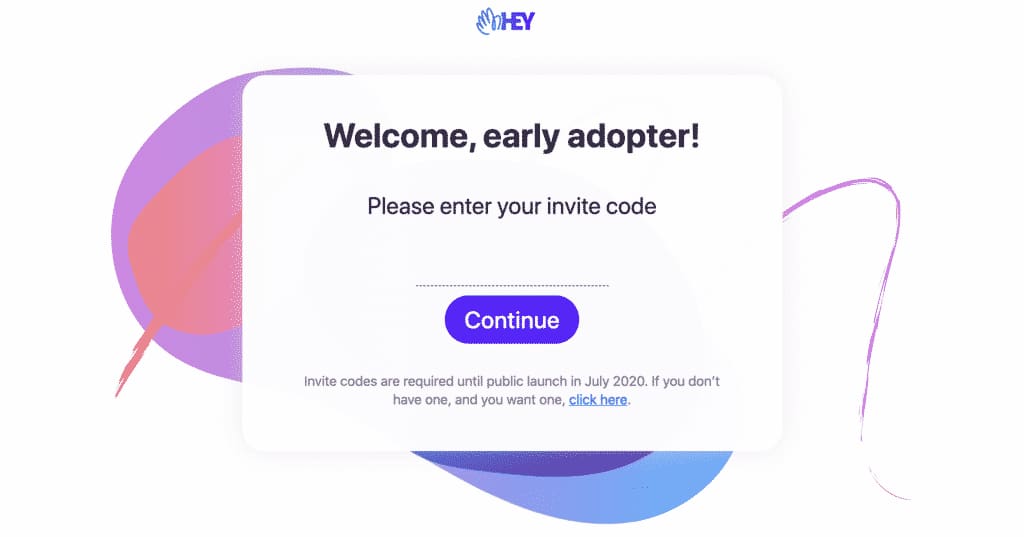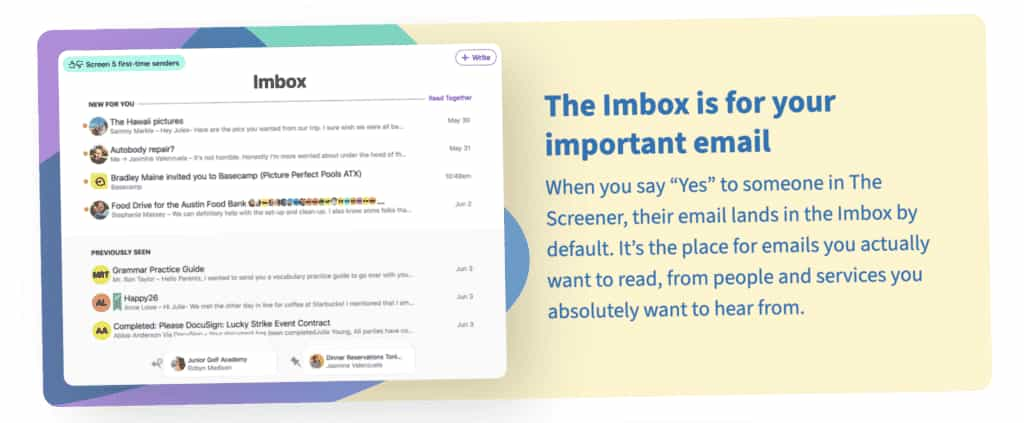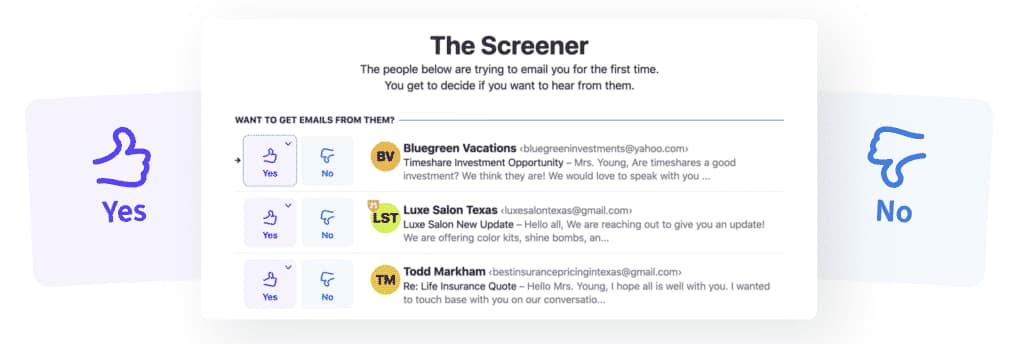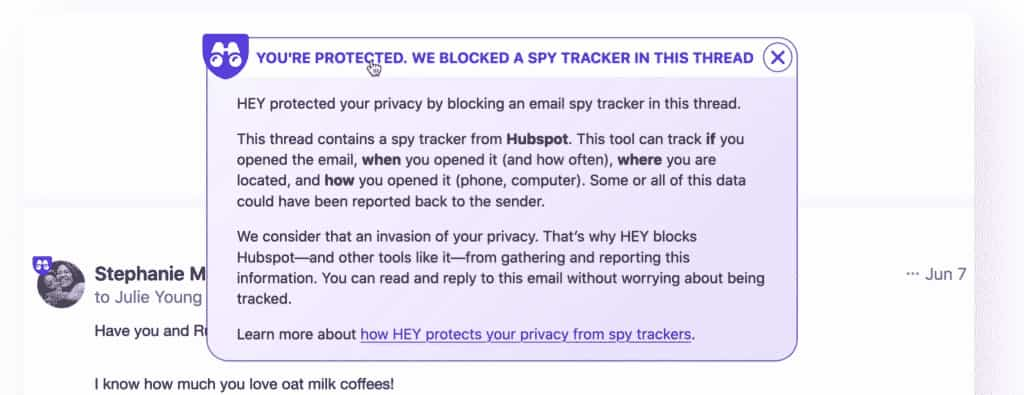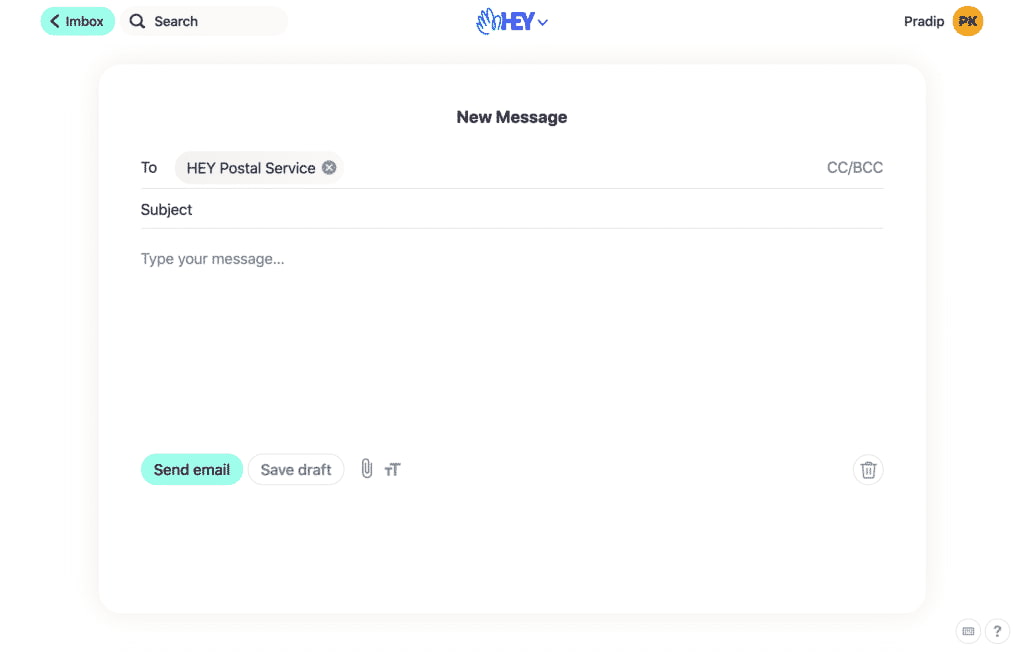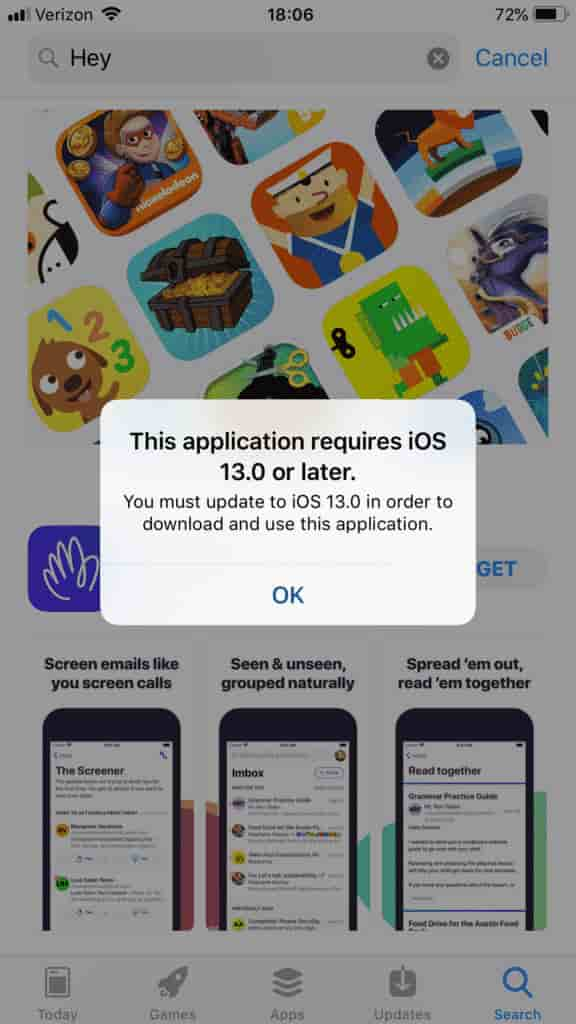Are you changing jobs or re-entering the workforce? Use these 10 steps and learn how to negotiate your product manager salary offer.
If you’re looking for that next promotion, stay tuned; an article on how to get your next product manager promotion coming soon.
Let’s back up one level
Do you *need* or *want* a new job?
What is your why? (the entry criteria)
The interview process
The exit (offer or not)
Your decision to be made
How to Negotiate Your Product Manager Salary Offer
The background
What is a salary negotiation?
Should you negotiate your salary?
Why people don’t negotiate salary?
Who should you negotiate with?
Should you work with [external] recruiters?
10 Steps How to Negotiate Your Product Manager Salary Offer
1. Know what you want
2. What other options do you have?
3. Determine your walk away point
4. Build leverage before you need it
5. Do some research
6. Understand the company
7. The success plan
8. Negotiate
9. Maintain relationships
10. What’s your start date?
Additional Information
What not to do
Frequently asked questions
Want to practice your negotiation skills?
Let’s back up one level
What is your why? (the entry criteria)
During your career, there is usually an event that makes you want to look for another job, think of this as your why. Each individual will have their own story and why, however here is what I mean, you:
- Were let go
- Are no longer happy in your current position
- Hit a glass ceiling at your current company
- Priorities change and you’d like to spend more time with the family, on hobbies, retrain in a new skill, etc.
- Make more money
Think of this as your entry criteria or the trigger that compels you to look for another job. Based on your story you will likely have a list of things that you are looking for in your next role.
Are you in the job market because you want to be or because you have to be? this will impact how you negotiate.
For example, if:
- You were laid off, you *have* to be in the job market
- you’re looking for a position that pays you more. You *want* to be in the job market
Remember: Salary is only one element of the total package on offer.
The interview process
Every company will have its own interview style and process. Some companies will specifically ask you how you can and would improve the actual product you will be working on if you get hired. On the other hand, some companies will ask you hypothetical questions to see how you think.
The exit (offer or not)
By the end of the interview process (the exit point), there are only two definite outcomes, you:
- Get an offer
- Do not get an offer.
Your decision to be made
If you did get an offer
Great now, go back to your initial why. Does the offer you received match up with the why?
It may be possible that some things align and some don’t. Understand the trade-offs. For example, if your why is to make more money, you may be given additional responsibilities which in turn may take more of your time.
If you accept the loop is closed for now (until your why changes.)
If you did not get an offer
Figure out what happened. If the company you are interviewing with is open to sharing feedback, great, listen to what they say.
If the feedback you receive is constructive, for example, the team’s feedback is the team wanted a little more in the product execution phase.
Then I’d go back and improve my skills in that area.
Learn from it and loop back to your entry criteria.
How to Negotiate Your Product Manager Salary Offer
what is a salary negotiation?
If you have not yet read What is negotiation for product managers, i’d suggest reading that first.
There I described what a negotiation is:
A salary negotiation or discussion *usually* occurs before an offer is made. Depending on your level and experience there are obvious exceptions to the rule, however, for the purposes of this article let’s say that the negotiation lasts around 20 – 30 mins.
However, leading up to that discussion you’ll need to do a lot of work to be effective during those 20-30 mins.
You’ll need to draw on other skills such as communications, building trust, ability to be persuasive, and closing the offer.
Should you negotiate your salary?
It depends.
At the time of writing this article, we are in an international pandemic. Many friends, families, and neighbors are losing their jobs. If you have a good BATNA then maybe. However, if you are laid off due to COVID-19 or let go under a workforce reduction program and have bills to pay you may not have sufficient leverage. In that situation, it might be better to be employed and have some money coming in to help with living expenses.
However, if you have a good financial cushion and do not need money for living expenses, good job-saving. That will give you a good BATNA and sufficient leverage. However, market conditions mean that more people are looking for work than job available and too much negotiation may do more harm than good.
It’s a tough fine line that cannot be answered in one paragraph and without understanding your specific situation.
The Pro’s
If you don’t ask you don’t get. By negotiating you may get additional compensation directly (or indirectly through benefits).
The Con’s
If you decide to negotiate too much and are not flexible, a possibility exists that the offer may not come or worse the company decides to withdraw the offer.
What’s your situation?
It’s a fine line sometimes and will depend on a number of factors that we will through in this article.
Why people don’t negotiate salary?
Do you negotiate?
In my opinion, salary negotiation is very difficult. There are so many different schools of thought here. Typically when I look back at my own personal situation the following reasons come to mind why I didn’t negotiate when I first started my career.
- Fear of losing the offer.
- Appearing to be money-driven. Negotiation is tough and you may feel that negotiating shows that you are money-driven and you think that creates a bad impression.
- Not know what your self-worth is
- Lack of comparables or not enough information out there to compare similar positions.
I think the last one: “lack of comparables…” now should not be as much of an issue as say 20 years ago. There is so much information online. There really is no excuse not to do your research.
Who should you negotiate with?
Generally speaking, you may interview with different people and functions. However, there probably is a person who has an internal recruiter (or HR business partner) type role who explains the process and gives you feedback. Secondly, there is likely a hiring manager who will be from the business.
The hiring manager will likely interview you and possibly introduce you to the team or have you interview with members of the team.
Again, generally speaking, there are exceptions to any rule. The internal recruiter generally prohibits the hiring manager from talking about salary. Because the hiring manager may not be trained in salary negotiations. Usually, the internal recruiter or HR business partner will handle the salary conversation.
I would go to say that some internal recruiters (or HR business partners) tell the hiring manager before the interview with you that the hiring manager has no authority to negotiate salary.
Therefore, you’re probably likely going to negotiate with the internal recruiter (or HR business partner). However, in my opinion, if the hiring manager is open to having a conversation about salary then why not?
Should you work with [external] recruiters?
When I say recruiters in this context I mean external recruiters. External recruiters are not employed by the company you’d be interviewing with. However, depending on the relationship the external recruiter is paid a fee to find a candidate.
My answer, again, it depends.
Sometimes external recruiters have access to opportunities that may not be publically available. Smaller and mid-size companies may not have a sufficient need to hire an internal recruiter and therefore hire external recruitment companies to help with the search.
Things to consider
If you are considering using an external recruiter here are a few things to consider:
-
- Are you locked in with the external recruiter’s firm? You should be able to search and apply for jobs on your own. Your goal is to find a job not to become an exclusive client.
-
- Can the external recruiter submit your resume to a company without your approval? In that case, I’d say run. If the external recruiter can submit your resume without your approval this basically means you cannot apply directly to the company. In which case the external recruitment firm may claim that the firm advised you to submit the application, thus ensuring they still get paid.
-
- What is the relationship between the external recruiter and the company looking to hire? If you don’t just ask when you are being employed by someone from the company.
-
- How and when the external recruiter communicates with you.
As with everything know what you are getting yourself into. Good recruiters can help open doors. Bad recruiters can really mess the job search up for you. Or just not communicate with you.
For the purposes of this article, we will refer to internal recruiters, HR business partners, and external recruiters as “recruiters.”
10 Steps How to Negotiate Your Product Manager Salary Offer
To start off with let’s set up some house rules. Negotiating your salary is a very personal thing. While I can tell you about my experiences, what I think are best practices, things to think about when negotiating your salary, etc. The actual act of negotiation is a skill that YOU need to develop. Negotiation is not something you can memorize and regurgitate. It’s a skill, a muscle that you build with practice.
1. Know what you want
This is a very important topic. Be very clear as to what you are looking for. In the long run, this can save you time and money joining a company that is not a good fit. Similarly, a “bad hire” or a hire that isn’t into the company costs the company money as well. Which is the reason why some companies hire very slowly.
Typically it’s very easy to get focused on one aspect of the job offer the salary. I get it, we have bills to pay and money is a very big part of why we work.
As a side note: Do not feel bad for wanting more money or specific benefits. If you are happy and financially things are taken care of you’ll want to do well in your careers. Not focus on worrying about paying rent.
While the title of this article is called “how to negotiate your product manager salary offer.” You need to keep in mind that finding your next role is more than salary. Like I mentioned in the previous sentence don’t get me wrong money is important, however, don’t forget the other potential benefits:
Potential benefits to consider
| Stock |
Commissions |
| Bonus (yearly/ sign on) |
Profit sharing |
| Gym membership |
401K/ retirement |
| Expense account |
Training budget |
| Health benefits |
Vacation/ sick pay |
| Flexible working hours |
Childcare |
| Relocation |
Start date |
Clearly the above list is not comprehensive, however, its a good starting point. While you are negotiating your salary and the total package make a list of other benefits that in a list of least attractive to most attractive.
Therefore, the first benefit on your list will be the one that you can trade first for another benefit that is more attractive to you.
2. What other options do you have?
In negotiation terms, this is referred to as BATNA (Best Alternative to a Negotiated Agreement). In other words what other options do you have if you do not get a job offer in the current interview process?
Typically this could be:
- Staying in the job that you already have
- The other offer you received
- Continue looking for a job
- Filing for unemployment since you are currently unemployed
The better the BATNA you have the more confident you will be and create leverage for yourself. However, if you are facing the possibility of filing for unemployment since you are currently unemployed. You have a poor BATNA and you need to not appear desperate.
If the internal recruiter asks (and they typically do) where are you in the process of your job hunt. They are fishing to see what other options you have. If you are unemployed my suggestion is to say something like “you are talking with other companies.” Which you should be if you are unemployed. Do not, I repeat outright lie.
Why not tell the recruiter that you are unemployed?
What to do if you don’t have another offer and are unemployed?
During this time of COVID-19 if you feel comfortable to let the internal recruiter know you were laid off fine. That is understandable, maybe the internal recruiter will be empathetic to the situation.
However, in a “regular environment,” we’d like to think recruiters are understanding. However, some recruiters may use this information as leverage and offer you a lower salary because they know you’ll likely accept whatever they offer because you need a job.
which is unfortunately sad as you may take that offer but start looking for a higher paid job.
You may be asked what are the other companies you are talking to. This is highly likely. My suggestion here is to not disclose any company names or individual people. You don’t know who knows who. I suggest you say something like “you don’t feel comfortable disclosing any specifics since you are still in talks with the company.”
Again, do not lie.
What to do if you have another offer for $10k more?
That is fantastic. First, consider would you prefer to take that job with $10k more? (meaning would you rather work at that company?)
If the answer is yes, then why are you trying to negotiate for an offer here?
Maybe you’re trying to see if you can get a better offer (if both companies are relatively equal).
Be careful to not unknowingly make a threat.
Bad way to disclose your alternate job offer: [company] is offering me 10k more, if you don’t raise your offer I’ll join [company].
Good way to disclose your alternate job offer: I am very interested in working for [company name] there could be a mutually good fit. However, I am struggling to reconcile the $10k difference between your offer and another offer I have. What can we do about this?”
Remember, once you’ve asked this question. There will likely be quiet. Do not be the first to speak, you’ll likely lose any leverage you’ve built up by asking this question.
Wait for a response. Be ok with that uncomfortable silence.
3. Determine your walk-away point
Before you start negotiating take some time and 1. Know what you want. This will help you be aware during the negotiation as salary negotiations can get emotional.
Walking away seems difficult. However in the long run if you cannot agree on specifics walking away will prevent you from accepting a job that you will later regret.
If you need time to think about it, tell that to the recruiter. Many times they will understand. There are times the company will give you 24 hours or even tell you that if you are in two minds maybe it won’t work out and withdraw the offer.
Honestly, if you are in that situation, in my opinion, you’ve dodged a bullet.
Above all, remember that your salary expectations need to be realistic.
Write down when an offer starts to look unattractive to you and doesn’t fit in with your why. Writing it down will help you solidify your walk-away point and serve as a reminder.
4. Build leverage before you need it
Getting a product manager position right now is difficult. It’s one of those coveted positions that many people are looking to grab. According to Glassdoor the product manager role is #9 on their list of The 50 Best Jobs in America for 2018.
Therefore, if you are fortunate enough to get an interview why should the company hire you? What can you bring to the table that is better than the other applicants?
Are you active in product communities? if not, why not? consider joining a product community, there are many free and paid options available.
Why because you need to start developing your product thinking. In my opinion, you need to start thinking about products.
Writing online, interacting with other product people might not be the reason why you get the job. However, it helps you develop your product skills.
Not sure where to start just write about a product you like or are interested in. For example, HEY is a new email service from Basecamp. It took Basecamp 15 days to slowly invite users into their platform. During these 15 days, social media was full of people asking for invites and what people thought of HEY.
I wrote a piece as well: Hey – Is the new email service from Basecamp worth the hype?. It’s a simple article about my thoughts on using HEY.
Since I knew that HEY will be making the service available to everyone very soon I did not have much time to use and think about it through a product lens, therefore, it became an article about my initial thoughts after a few days of use.
But you get the point.
Other forms of leverage could be as simple as finding an internal champion who is willing to make a warm intro to the hiring manager or fight for you as you go through the application process.
Think: What can you bring to the table that someone else cannot? for example, experience.
Types of leverage
In G. Richard Shell’s book Bargaining for advantage there are three different types of leverage:
- Positive leverage. You have something that someone wants.
- Negative leverage. What can I do to make someone do something for me.
- Normative leverage. Appeal to the values of the person you are negotiating with.
Richard also talks about the power of coalitions whereby using relationships and shared interests help create effective coalitions to gain all three types of leverage.
When considering leverage remember:
- Leverage is based on perception not facts.
- The amount of leverage can change quickly.
- People will listen to you if you have authority. Authority is not leverage
In my opinion building trust and rapport early on is also a form of leverage. This is why in studies experienced negotiators spend some time on small talk or also known as the icebreaker.
So it’s not a bad thing to talk about something other than the intended purpose for a few mins at the beginning.
5. Do some research
I cannot stress how important this is. The more research you are able to do beforehand the better for you during the interview and negotiation process. Things to research include:
Industry statistics on salary
If you Google “product management salary” you’ll get an idea of what product managers get paid based on experience. To further refine Google, “product management salary [NYC]” where you replace [NYC] with the name of your city.
Sites such as Glassdoor, and Built in NYC are on the front page of Google.
Salary range the company pays for the position
Further, refine this search to “[name of company] product management salary [your city]” to get an idea of what the company pays.
Talk to people
This should go without saying, however, don’t believe everything you read online. Try and find people who currently work there or people who worked at the company in the past.
Talking salary is very personal and please be careful to not directly ask someone what they make. Reframe the question to be neutral.
For example, what range should I expect product managers at [name of company] make in [your city]?
You’re more likely to get a response to that question than “How much do you make at Netflix?”
What is the interview process
Larger companies such as FAANG companies share a lot of information online from the company itself but also from people who went through the process. Understand what the process is for the company.
Single point of contact
Find out who your single point of contact is. You’ll likely speak with multiple internal stakeholders who only know so much information. Find out who is the one person that will be with you throughout the entire process. Typically this is the internal recruiter or HR business partner if you are working with the company directly. If you are working with an external recruiter than typically the external recruiter is your single point of contact.
During your first call ask this question and confirm. It will save you a lot of time trying to chase people up when they may not have all the information.
How to obtain feedback
This is particularly important if you did not get the job. I’d like to think that it’s common sense to tell a candidate that the company appreciates the time the candidate spent however, the company has chosen to move forward with another candidate.
It’s closure, right?
Yet, many times there is radio silent.
The solution, in my opinion, is when you are asking the question above about who is the single point of contact. Also, ask what the process is for feedback in the event you are not selected.
Something like:
Hey [recruiter], after the interviews with [x] and [y], I am assuming they cannot give me any feedback do they feed this information to you?
If so can what is the process to pass this information on to me?
Would it be ok to contact you again if I don’t hear from you>
Or if you are not the right person who is?
I’d appreciate it if you could let me know even if its a no that way I can cross out this opportunity from my tracker.
Asking questions along those lines, give you information on the process and actionable steps to take.
6. Understand the company
When I used to interview candidates do you know the number of people who have not been to the company website and do not know what we do?
Don’t be that person.
Understand the company and how they make money
The least, in my opinion, is to understand how the company makes money. What are some of the popular products and how they provide value to their users?
I often get asked what if I don’t know anyone from the company. Here’s what you do:
Example 1:
Let’s say the company you are looking to interview with is Facebook. This is very easy by googling search terms like:
- Facebook product manager interview process
- How much does Facebook make?
- What are some of Facebook’s products?
You get the point.
However, you are smart. Don’t believe everything you read online. Go to the Facebook’s 10-k filing with the securities and exchange commission. Read the latest one, you’ll find some very useful information. There is so much research and information written about public companies, you don’t really have an excuse not to do smart research.
Example 2:
However, I hear you say what if the company I work for it not a publically traded company then what?
It definitely is harder, but not impossible. In which case the company website is a great place to start.
You’ll find what they are selling and their main source(s) of income. You probably won’t get stats unless it’s an open open startup.
Next, with caution, you may be able to find current or former employees on social media who are willing to help.
Please note: I am not advocating spam people with emails, DMs, and carrier pigeons until you get a response. Many people are open to helping some are not.
Understand the interview process
Different companies will have different processes. Understand what that is. For example, it could be a series of calls then a in person interview:
- 1: Intro and fit call with the recruiter
- 2: Video or call interview 1
- 3: Video or call interview 2
- 4: In person interview
- 5: Go/ no go call
Or some variation of the above. By the time you get to call 4 with the internal recruiter, they will know if they want to negotiate with you or you’ll know if they don’t.
Where is the company in the recruitment process?
Similar to your BATNA, the company you are interviewing with also has a BATNA – typically other candidates.
Once an internal recruiter asked me “where are you in the process of your job hunt” and I told the internal recruiter my response. I asked “how about you? how is the search going?”
The response shocked me a little. Although, this was early in my career.
The response was “we are planning to make an offer next week to the leading candidate, we are interviewing you in case the offer is rejected”
My heart sank, all the hours of interview research and prep for this company gone. I mean really what chance do I have.
In the end, I never heard back from the internal recruiter. I sent two emails nothing. I assume the leading candidate accepted.
Exceptions
As with everything, there will be exceptions some internal (and external) recruiters are awesome and will keep you informed of the progress and process. Some won’t. If you’re working with one that won’t chances are they won’t because they don’t want to hire you (or the hiring manager doesn’t).
I know it’s hard, however, stop looking for closure and just move on.
Want more how to negotiate product manager salary tips?
Join my free weekly email newsletter
I send out a email newsletter about product, growth, and working in teams.
7. The success plan
All the prep work and research you’ve done up until this point starts to come into play. The success plan is broken down into two sections:
Succes plan for what will be working on
Depending on the company you are interviewing with you may need to go through hypothetical exercises. For example, for Facebook, there are two 45 Min Video Conference Interviews: 1. Product Sense: Here you are building a product from scratch. 2. Execution.
If you pass those two stages you’ll be invited for leadership and drive session.
Then at some point, you’ll talk to someone from the team you’ll be working with. This is where you need to understand why you are being hired. What aspect of the product will you be working and will be responsible for?
What skills or experience can you bring that is above and beyond the next best candidate?
Success plan to negotiate the job offer
As mentioned earlier, the negotiation for the purposes of this article is expected to be 20-30 minutes. You have so many different elements to think about and communicate your value. Create a plan for how you’d like to proceed.
Write it down before the negotiation.
Make notes during the negotiation.
Coming soon
Salary negotiation checklist.
8. Negotiate
I don’t think this needs to be said, however, here goes. During the interview process, you’ll be asked many questions. Be honest be truthful.
Some of the areas where I think it’s easy to bend the truth include:
- What your BATNA is
- Your current salary/ benefits
- What you did in your previous role(s)
- Why the current role you are applying for excites you
By the time you get to this discussion, if you’ve followed the previous 6 steps you should have some topics you’d like to discuss.
Who makes the first offer
Depending on the size of the company it could go a couple of ways:
-
- A number or range was mentioned. During your first call with the recruiter, you or the recruiter may have spoken about a number or range. If this is the case, the discussion will start there.
- No number or range was mentioned. If this is the case then the recruiter will start asking questions to get an understanding of where you’d like to land
Generally speaking (again there are exceptions), the company will make the first offer. However, again depending on the experience of the recruiter they make not make an offer until they have some comfort in knowing that you’ll accept.
In which case the question they’ll ask is: If we made an offer for $xx, xxx would you accept it?
This is getting an informal buy-in from you. If the number is acceptable then I do not see any reason in responding: If you were to make an offer for $xx, xxx I’d be interested in accepting.
In both cases remember the if.
Should you negotiate before you get an offer in writing?
Again, it depends on your specific case.
In the above example, the recruiter asked If we made an offer for $xx, xxx would you accept it?
This is gauging if you are going to accept or negotiate.
If you say as in the example: If you were to make an offer for $xx, xxx I’d be interested in accepting and then upon getting an offer start to negotiate.
At this point, you have leverage since you have an offer. However, the recruiter will want to know what changed from when they asked you if we made an offer for $xx, xxx would you accept it? and now?
Some recruiters may see that as being dishonest and may not want to continue the conversation.
Is the first offer always low?
Depending on your school of thought. You may be thinking well the recruiter expects some sort of negotiation and therefore the first offer will be lower. Now to clarify always is a strong word.
This is where your preparation and research comes in.
Your ability to communicate and effectively sell your skills and what you can do comes into play.
Remember, salary is only a portion of the entire package.
Remember, if you get a job offer make sure it is in writing.
9. Maintain relationships
Interviews are all about people.
During the interview process you are likely to meet a number of people; hiring manager, internal recruiter, HR, individuals who interview you, etc.
Your goal is to work with them more often.
Even if you don’t get the job you don’t know when and where you may run into them again.
Keep your emotions in check
This is especially true if you have a poor BATNA like facing the possibility of filing for unemployment insurance.
Don’t sound desperate, recruiters are trained to smell desperation. This could lead to a lower offer or no offer at all.
Understand your style
Are you someone who feels uncomfortable? if so you might find it difficult to talk about salary, money, and benefits. In which case we recommend getting some practice.
Why exit plan?
Sometimes things just don’t work out during the interview and negotiation process. It could be for a number of reasons. However, let’s say one of the interviewers liked you and wanted to hire you. For some reason, (let’s say in this case the company was about to make someone else an offer but your interview was already scheduled).
If the interviewer who liked you moves to a different company they may still remember you. Don’t burn the bridge.
10. What’s your start date?
At this time you’ll have either received an offer or been nicely told no thank you (yes I know some recruiters will ghost you. Let’s not go there).
You did NOT receive an offer
Figure out what happened. If the company you are interviewing with is open to sharing feedback, great, listen to what they say.
If the feedback you receive is constructive, for example, the team’s feedback is you didn’t fare well in the product execution phase.
Then I’d go back and improve my skills in that area.
Learn from it and loop back to your entry point.
You received an offer
Go back to your initial why.
Ask yourself some questions:
- Does the offer you received match up with the why?
- Can you live with any tradeoffs you have to make?
- Can you see yourself working in this space, product, and team for the foreseeable future?
Next steps
During the negotiation, the start date will most likely come up. However, remember the process set in place by the company. Here’s what I mean the offer will most likely be contingent on something (or a number of somethings).
For example, successful completion of a medical (especially in healthcare), satisfactory references, or approval from the internal head of the product.
Therefore, during the latter stages of the negotiation make sure you understand if the company is asking you questions or making an offer and what if anything is the offer contingent upon.
Want more how to negotiate product manager salary tips?
Join my free weekly email newsletter
I send out a email newsletter about product, growth, and working in teams.
how to negotiate product manager salary – Additional Information
What not to do?
Every negotiation is different. Below are a few things that we think you should not do.
Issue an ultimatum
Most likely you are not the only candidate. With the unemployment rate so high there are plenty of other candidates. Do not issue an ultimatum.
To be clear if you say something like; unless you give me $xx, xxx I will not accept your offer is an example of an ultimatum.
If the employer does accept this, it probably doesn’t save the relationship and may come with consequences down the road.
Lie
No explanation needed period.
Ask for one last thing
Don’t push your luck, if your fortunate to get something you asked for. Don’t push your luck and ask for one more thing. This is where being prepared helps.
Make decisions based on artificial deadlines
If you hear the words “we need an answer within 24 hours” run. Some companies may give you limited time to consider the offer because they know you may get other offers and may use it as leverage to get another offer.
If you are being forced to make a decision based on an artificial deadline, my suggestion is run. You’ll likely face other issues down the road as the company may not value employee health as well as other things.
FAQ
Below are a few questions that you should be expected to prepare for before negotiating your salary.
What if I get asked what my current salary is?
Firstly, Salary History Questions During the Hiring Process are Illegal in NYC. I would check first if it’s legal where you are to ask such questions.
The danger of these questions is that the internal recruiter will anchor your offer based on your current salary + a small bump to entice you to make the move.
This doesn’t take into consideration what you can do the new company only what you’ve done previously.
What if I get asked what my salary expectations are?
A very likely question, usually very early on in my experience. This should get you thinking:
- The company values your time as well as theirs. They don’t want to continue if the salary expectations are not aligned.
- The company is looking for you to undervalue yourself
The first thing you should do is to clarify if they are asking because they are making an offer or collecting information. If you are in the first call with the internal recruiter most likely they are collecting information. In which case you should consider responding by
-
- Stating you need to further understand the role, expectations, culture, etc.
-
- Asking what in their opinion is the industry average for such a role
-
- If the above 1, and 2 do not work and the internal recruiter pushes for a response (in many cases they do). You may be tempted to give a range. If you do share a range, make sure the lower number fit’s into their range with a higher range which is where you want to be. Typically, if they do make you an offer it is likely to be on the lower end. Your job is to negotiate objectively to reach the higher end.
- Finally, you might ask the internal recruiter what is the budgeted about for this position. This can go one of two ways. First, they can say we’ve budgeted $xx, xxx for this position and there is no movement. Or secondly, the internal recruiter might say the range is $xx, xxx to $xx, xxx. In both cases, the salary has been anchored to a number.
Want to practice your negotiation skills?
Coming soon. Sign up to our newsletter to be the first to know.
Like this article?
Consider sharing it.

